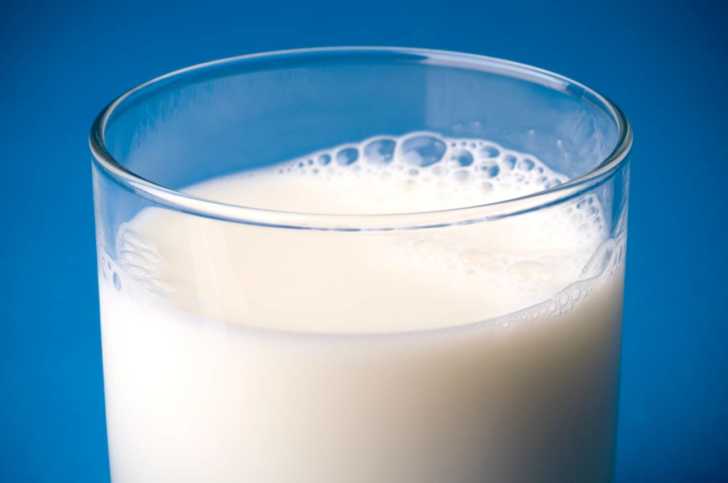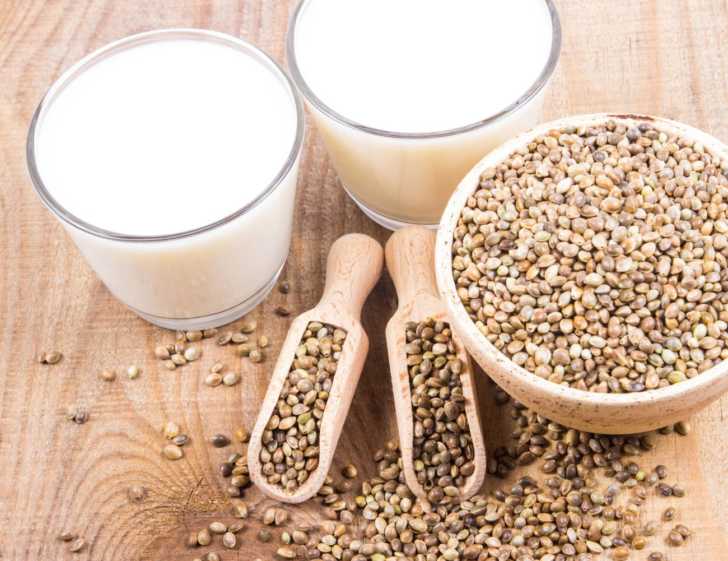
You may have noticed in recent years the growing popularity in milk alternatives. Go to your local coffee shop and you’ll find several options for milk alternatives for use in your favorite lattes or mochas. Whether you’ve got dietary, allergy, or other health reasons to skip traditional dairy milk, the good news is that there are options readily available that still allow you to enjoy a bowl of cereal or a latte without disrupting your digestive health. If you’ve ever wondered about the different varieties of milk, we’ve got a quick guide to seven different kinds of milk for you to choose from. Don’t knock these till you’ve tried them; some of these milk alternatives may just become your new favorite!

Dairy Milk
Cow’s milk is what most of us are most familiar with. It comes in different fat-content forms, beginning with cream and working down to half-and-half, whole, 2%, 1%, or skim milk. It’s what is used in butter and many yogurts.
For people looking to remove dairy, for a variety of health reasons, then these milk alternatives are a great way to still get that milk feeling but without the dairy.

Soy Milk
Soy milk is actually a natural byproduct of the process to make tofu. It’s a great dairy alternative because it gives you a “dairy” experience while dairy-free.
Oat Milk
Oats soaked in water and squeezed to release a milk-like liquid. As is, oat milk lacks the same nutritional content as you’d find in oats on their own, so many brands will supplement the nutritional loss by adding in vitamins. It’s a great option for vegan lifestyles.
Almond and Cashew Milk
For those seeking a more plant-based dietary lifestyle, nut-based milk is a great option. Almond milk is made in a similar way to oat milk. It’s ground almonds that are soaked in water and the resulting liquid is milk-like. It also needs some nutritional boosters to replace what was lost in the process. Cashew milk is made in a similar process and is great for those who are lactose-intolerant.
Rice Milk
You can also make your own rice milk at home! Rice and water are blended together then strained. You can also add natural sweeteners if you’d like. It’s another milk-alternative that is often supplemented with nutritional boosters.
Coconut Milk
Coconut milk is made by soaking the coconut pulp in hot water. The liquid that rises to the top is the milk. We often use the canned, thicker form of coconut milk in cooking. Thinner strains of coconut milk are a great dairy alternative for those who need to avoid lactose.

Hemp Milk
Hemp seeds are considered a “superfood” because they have an optimal balance of essential nutrients, like vitamins and healthy fats, and can be eaten raw or processed into milk. Hemp seeds and water are used to make hemp milk, and it’s actually something you can make at home! The benefit of hemp milk is that it is naturally lactose and gluten-free. It also has a significant amount of protein.
It’s so nice to have all of these different milk-alternatives readily available to us so we never have to compromise the milk experience! From ice cream to lattes, smoothies to cookies, a bowl of cereal to our favorite creamy dishes, we can still enjoy so many of our favorite milk-based foods by utilizing these delicious milk-alternatives.













